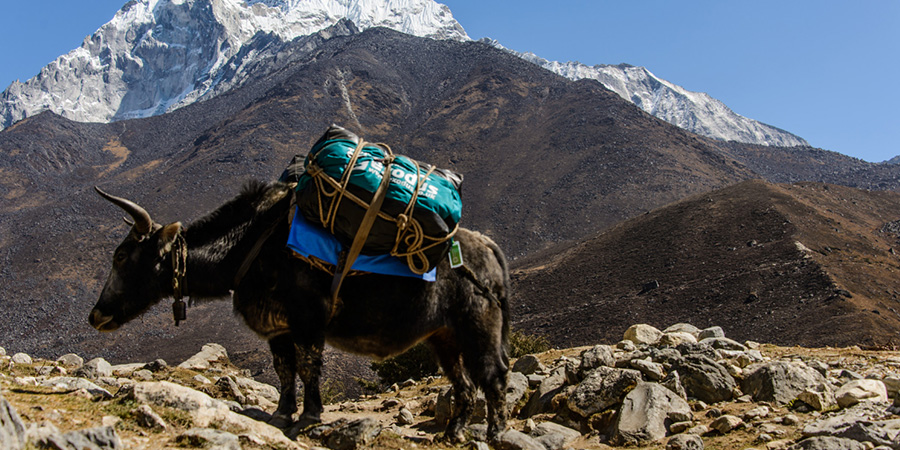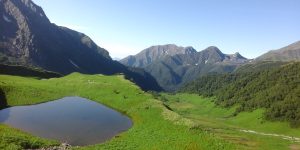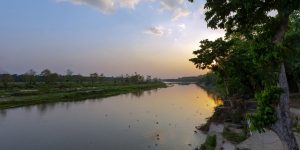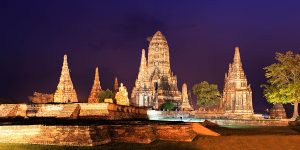Understanding the past is always important to derive lessons for the future, and gain a holistic perspective. To understand a country, you need to place it within the coordinates of space and time, of geography and history.
Nepal’s strategic position between two global economic powers has always been a huge advantage, but as a nation we never leveraged our location. As neighbors and supporters, India and China have provided various benefits to Nepal which our country has not been able to fully exploit.
CIVIL WAR, ISOLATON & UNDERDEVELOPMENT
It was due to the combined efforts of our neighbors that peace was finally restored to Nepal in 2006. The Maoist rebels joined the mainstream, their fighting force was integrated into the national army, and Nepal became the world’s youngest republic. We received support from the international community for reconciliation and rehabilitation. However, the government itself has been selective in its support for the districts, communities and individuals. One area of the country that has always suffered for the capital’s neglect is the Far West, and this region that bore the brunt of the conflict fell between the cracks even when it came to reconstruction and rehabilitation.
The trans-Karnali region of Nepal and its people have been neglected for centuries by faraway Kathmandu. The people of the Far West were left to fend for themselves, suffering poverty, food shortages, entrenched gender and caste discrimination, and under-development. However, the nine districts of this isolated region have vast natural resources: scenic beauty, hydropower, biodiversity and other attributes.
Being the smallest among the five development regions (13% of the total area) and one of the sparsely populated regions of Nepal (9.5 % of total population), the far western region has trailed behind due to its geographical isolation and rugged terrain. Some 44 % of people in the Far West hills and 49% in the mountain districts live beneath the poverty line. The region has limited access to basic services, and delivery is a challenge due to topography and remoteness. Development is relatively higher in the district capitals and highway settlements, but many villages are still very remote and inaccessible. The region’s overall development is also greatly impacted by conservative social mores, culture and customs.
Because of the prevalence of social injustice and discrimination, the fires of conflict quickly spread in the Far West when the war started in 1996. The ten-year conflict cost the region decades in development. Thousands were killed, tens of thousands were injured and displaced. Infrastructure projects were delayed, existing bridges and power plants were destroyed. Most development agencies pulled out and basic service delivery was hampered. Those who stayed behind depended even more on food aid than before.
UNEXPLORED OPPORTUNITIES
According to the Finance Ministry’s Development Cooperation Report 2010-11, the mid- and Far Western regions of Nepal are the largest recipients of foreign aid. These two regions received donor aid of more than USD 120 million and USD 104 million respectively in fiscal year 2010-11. The Far West region tops the chart in terms of per capita disbursement of foreign aid followed by the Mid- Western region. Likewise, these two regions are also the ones suffering from the highest poverty ratio with a population of 46% in the Far West, and 32% in the Mid- West region being under poverty line.
The level of local participation in development is less in the Far West than in other parts of the country. There is a tradition of migrating to work rather than staying behind and contributing to local development. Today, several years after the conflict has ended, the Far West is still lagging behind in rehabilitation.
The Far Western Region, however, is endowed with rich human and natural resources. It has enormous tourism and infrastructure potential, especially in hydropower. The region’s resources, if properly exploited, hold the potential to lift the Far West out of the poverty and neglect of the past centuries. The region has an opportunity to emerge from its image as Nepal’s basket. Migrant workers returning to their homes in the Far West could be the catalyst in the development of the region.
CLEAN SLATE
The insurgency period caused many entrepreneurs, businessmen and traders to migrate for security, and many of them have stayed away, which is why the Far West has lagged behind in post-conflict reconstruction. The tourist sites such as Khaptad and Rara are pristine, and provide opportunities for biodiversity conservation through responsible tourism, which can start on a clean slate so that it pumps income directly into the village economy, and helps lift local people out of poverty.
The Far West is renowned for its herbs and rare plants that are found in the national parks and wild areas, from the Tarai to the high Himalayan districts. Here is a vast potential for the exploration of non-timber forestry products to be manufactured into finished goods rather than the raw or semi-finished products that are currently harvested unsustainably and exported to India.
The Far West represents Nepal’s topographical diversity in a microcosm, with the Shuklaphanta Wildlife Reserve, Bardiya National Park in the Southern Plains to the Khaptad and Rara National park in the north. There is also the scenic beauty of the Api-saipal range, Nepal’s westernmost mountains. The northern part of the region also falls in the Himalayan rain shadow and is similar to the Tibetan plateau in terrain, culture, ethnicity, language and religion. Humla and Simkot are gateways for pilgrims to Mansarovar and mount Kailash in Tibet. If there is one area of Nepal where tourism can be a factor in poverty alleviation, then it is in the Far West with its combination of stupendous natural beauty and extreme poverty. Learning from experiences in national park management elsewhere in worlds, private sector involvement in conservation could turn Rara and Khaptad into profitable destinations that would also benefit local people.
Adventure sports like river rafting in the wild Karnali River, trekking at to the Base Camp of Mt. Api and Mt. Saipal, and the mountains around Rara will inject tourism income directly into local economies. The Government of Nepal has waived mountaineering fees on mountains situated in the mid-and Far West.
The Far West districts of Nepal border India and the proximity to Lucknow, Nainital and New Delhi provide a unique advantage for pilgrimage and tourism. The bordering states of Uttarkhand and uttar Pradesh in recent times have witnessed a sharp growth in disposable income. This has encouraged people to travel and explore new destinations and cultures. The Indian-Nepali currency conversion rate, the facility for passport-free travel for Indian nationals, the closeness, and pride in visiting another country could be a motivating factor in luring Indian tourists to visit Far West Nepal.
NEPAL’S VEGAS CITY
The Far West town of Dhangadi has become an economic and tourist hub on Nepal in recent years. There has been a sharp increase in the number of hotels, restaurants, market, banks, grocery stores, and other economic activities.
Dhangadi has seen a significant growth in hostels, with 80% of the occupancy from businessmen and INGOs and NGOs. Tourists make up only 5% of visitors.
Dhangadi has seen a spurt in bank branches, with most national banks having offices here. Dhangadi airport has been recently upgraded with a new terminal building, but it has the potential to serve as a regional airport with connections to Delhi and Lucknow. Road connectivity has improved, but hotels and stopover points at scenic spots have not been developed. Dhangadi already has four casinos, which are attracting tourists from India. With the right management and promotion, the casino visitors could easily be expanded and diversified to make the Far West a family destination.
CHALLENGES TO DEVELOPMENT
Bringing in tourism-related opportunities and services is one of the most important tools to socio-economic development. With proper training, the hospitality industry can generate jobs, and open up downstream benefits in the supply of food, raw materials and other services.
One of the key roles of development is the development of physical infrastructure including good road networks, clear policies and incentives, and the participation of the people.
The main factor contributing to the growth of any economy or region is the presence of a good road network and physical infrastructure. Roads increase connectivity, access to markets and the overall socio-economic status of the people. The Far Western region has four fair weather STOL airstrips, with limited and uncertain flights where runways have been recently upgraded. Once there is reliable access, the local economies of other districts in Nepal will take off.
Nepalis need to look beyond the dependence on remittance, and increase the willingness to take up development roles. Transportation is the key to lifting the Far West from the neglect and underdevelopment of the past. The Far West needs highways, bridges and airfields, not air-lifted rice.
Tourism has strong backward linkages, and can piggy-back the development of transportation in the far West. The region therefore needs more infrastructure, and less structural dependence on the state.







